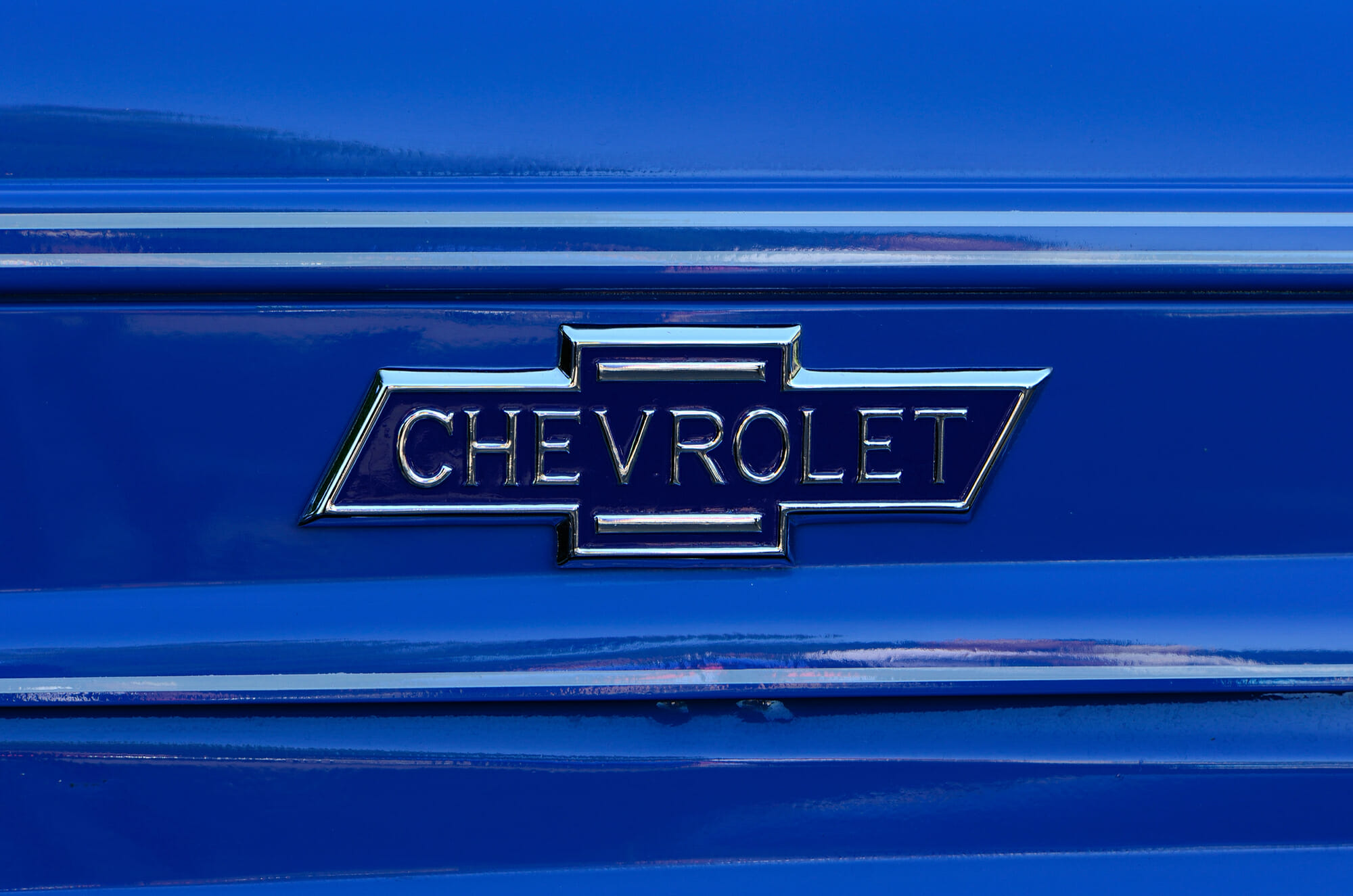
Are you wondering if a Chevy 350 crate engine and transmission are a good option? If so, you have come to the right place. We are going to give you everything you need to know about opting for this type of engine, as well as a transmission.
What is a Chevy 350 crate engine?
A Chevy crate engine is ready to install right out of the box. Crate engines and transmissions for that matter are bought separately. But usually, the buyer has to purchase their own related parts to complete the powertrain (fuel system, exhaust, water pump, etc.).
We have more valuable information for you about buying a crate engine, as well as a transmission, so keep reading. But first, let’s go over some Chevy 350 history. Next, we will give you some of the most popular Chevy crate engines. Then, we will round out this article by going over some of the most frequently asked questions about the Chevy 350 crate engines.
History of the Chevy 350 Engine
The Chevy Performance crate engine was designed for its high-performance parts more than half a century ago in 1967. This division was initially developed to support the Trans-Am Camaro race teams.
The newly formed Chevy performance parts division made it easier to support the various Trans-Am teams all across the U.S. The brand then saw a huge jump in demand. So it started selling performance parts to the general public.
Then, in 1968 and 1969 this business model brought the 427 engine to the market. This then enabled Chevy to package them as “crate” engines. The crate engine is a concept that Chevy developed. That’s when the crate engine was born and the rest is history.
The crate engine helped Chevy sell its engines individually. This allowed them to be installed in any General Motors vehicle-based project. Over the next three decades, this concept continued to grow to include NASCAR, 18-wheelers, and NHRA Drag Racing.
In 1989, the first catalog featuring crate engines and performance parts came out. This made it easier for this new demographic of buyers to get crate engines and performance parts and have them delivered straight to their doors. So needless to say, the 1990s performance part sales exploded and its popularity continues today.
In 2012, this successful business model for selling performance parts and engines was renamed Chevrolet Performance. This name is what most people today recognize. This concept is also what paved the way for the development of many high-performance vehicles across all brands.
What Are the Most Popular Chevy Crate Engines?
There is an extremely large lineup of Chevy crate engines. That is why it would be impossible for us to give you the information for each crate engine. So, we are going to give you the crate engine categories and a link to the Chevy Performance Crate Engines page so you can look around. That will give you the chance to find one that best suits your needs.
Here are the Chevy crate engine categories:
- Small-Block
- Circle Track
- LS
- LT
- Big-Block
- E-Rod
- Connect & Cruise
Now let’s move on to covering the most frequently asked questions from people who are researching the Chevy 350 crate engines.
People Ask the Following Questions Related to the Chevy 350 Engine
What Does a Crate Engine Come With?
In most cases, only the engine comes with a crate engine purchase. That means the buyer would also be responsible for purchasing all the bolt-on accessories such as the fuel system, exhaust, and water pump.
How Much Horsepower Does a Chevrolet 350 Crate Engine Have?
The Chevrolet Vortec engine is a small-block with 350 cubic inches which equates to 5.7L (350 ci) of displacement. The 350 Chevy has 350 lb-ft. and 290 horsepower.
What Are the Benefits of a Crate Engine?
Crate engines add to a vehicle’s life expectancy. If you replace the engine it will cause less drain and wear on the vehicle’s other components. In other words, a crate engine will help your vehicle perform at peak efficiency. Other benefits include better gas mileage, a safer vehicle, and will save you from having to continually spend money on repairs.
What Type of Crate Engines Are Available?
You have several options from which to choose when it comes to buying a crate engine. You can buy a remanufactured, rebuilt, used, or new crate engine.
What Do I Need to Know Before Buying a Crate Engine?
Make sure the engine is compatible with your vehicle, that it is made with strong, durable, high-quality components, and that it has as much horsepower as possible.
You might also think about whether you want to swap out other components at the same time. For example, the head gaskets, camshaft, intake manifold, rotating assembly, and/or the carburetor.
How Long Will a Crate Engine Last?
The answer to how long a crate engine will last depends on who you ask. Some teams run their crate engines for three years. But most teams typically buy a new crate engine after two years. General Motors says they recommend replacing the camshaft, lifters, rods, and valve springs after 300 hours of use or two years whichever comes first.
Are Crate Engines Any Good?
Most buyers report that new crate engines give them fewer problems than the remanufactured crate engines do. This applies to those who have stock vehicles and those who have high-performance vehicles.
Where Can I Buy a Chevy Performance Transmission?
If you go to Chevrolet.com, you will be able to see a wide variety of Chevrolet Performance new and remanufactured transmissions. You can read about the different transmissions there and decide which one is best for your particular application.